Are you curious about what fuels your competitors’ success? In today’s digital landscape, knowing how to get insights on your competitor’s pages goes far beyond casual curiosity—it’s a cornerstone of staying ahead. Whether you run a growing startup or manage a mature brand, understanding competitors’ pages and analyzing their strategies can unlock new growth opportunities, refine your own landing pages, and reveal hidden gems for content, SEO, and digital advertising.
This comprehensive guide will show you step-by-step how to analyze and extract actionable insights from your competitor’s pages. You’ll learn about proven tools, real-world examples, and smart techniques to assess their performance, identify trends, and make smarter business decisions. Ready to outsmart your rivals? Let’s dive in.
What is Competitor Page Insight Analysis?
At its core, learning how to get insights on your competitor’s pages means studying the digital footprints of similar brands within your industry. It goes beyond a quick glance at their website—it’s a thorough examination of landing pages, product features, content strategies, ad campaigns, and conversion flows. With technology and data-driven tools at your fingertips, competitive analysis uncovers strengths to emulate and weaknesses to avoid, ensuring you stay proactive and not reactive.
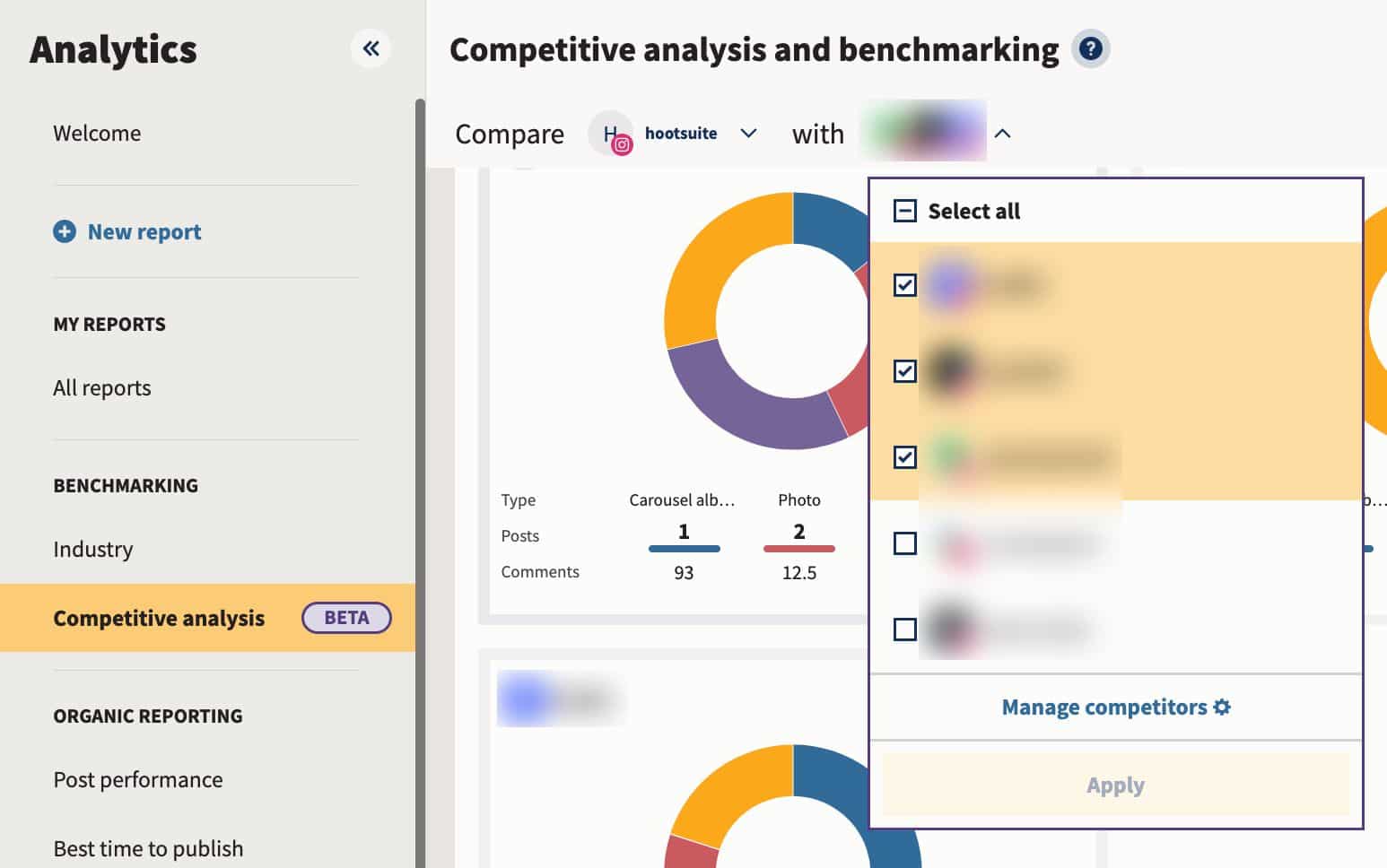
You’ll be evaluating everything from traffic sources, keyword targeting, and SEO techniques to social proof elements, user interface (UI), and calls-to-action (CTAs). The process is surprisingly accessible, even for solopreneurs and small teams, thanks to a host of user-friendly analysis tools.
Why Analyzing Competitors’ Pages Matters?
Why invest time in competitor page analysis? Because knowledge is power! Here are the top reasons and benefits every growth-focused brand should regularly get insights on their competitor’s pages:
- Discover keyword gaps: Unearth keywords your rivals are ranking for—ones you’re missing out on.
- Refine your SEO and content: Spot content types and formats that drive the most engagement and conversions.
- Benchmark performance: Set achievable targets by comparing your web metrics with top players in your niche.
- Track emerging trends: Stay ahead by identifying trends and industry shifts through competitor’s activity.
- Uncover link-building opportunities: Identify backlink sources helping your competitors climb SERPs.
- Shape effective ads and offers: See what landing page layouts, messaging, and ads produce results elsewhere.
- Boost your conversion rates: Learn from UI/UX tactics that work—cutting your experimentation time in half.

Leveraging these competitive insights lets you fine-tune everything from content calendars to pricing strategy and social proof tactics.
Examples & Real-World Use Cases
Let’s explore how leading brands and digital marketers use competitor insights daily:
1. SEO Competition Audit
A SaaS brand wants to rank for “project management software.” By analyzing their main competitors’ pages, they uncover high-traffic blog posts, identify which keywords drive organic traffic, and even benchmark backlink profiles to replicate top-performing SEO elements.
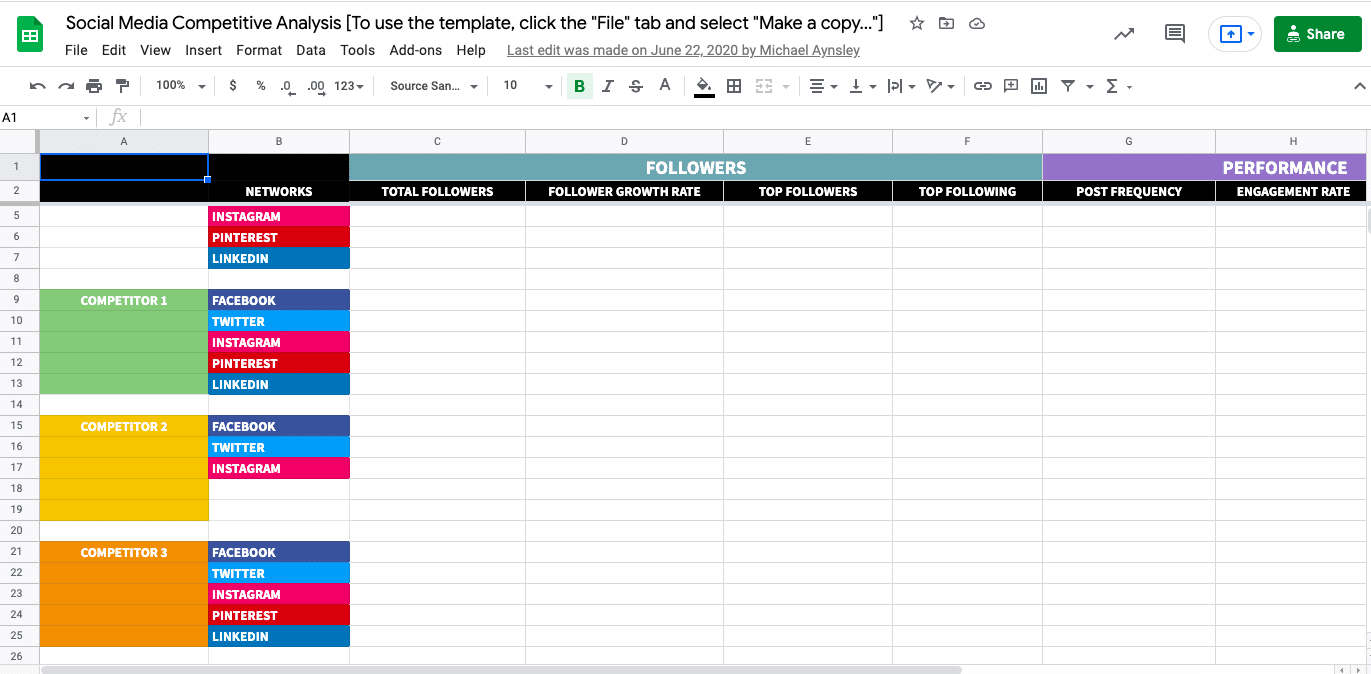
2. Paid Ad Landing Page Research
A D2C ecommerce startup studies the landing pages linked to their competitor’s Google and Facebook ads. They review ad copy, design structure, CTA, and trust signals—using those learnings to refine their own ads and improve ROAS (Return On Ad Spend).

3. Product Benchmarking
A SaaS business benchmarks competitor pricing pages and onboarding flows to iterate on its own conversion journey—boosting sign-ups and free trial activations.
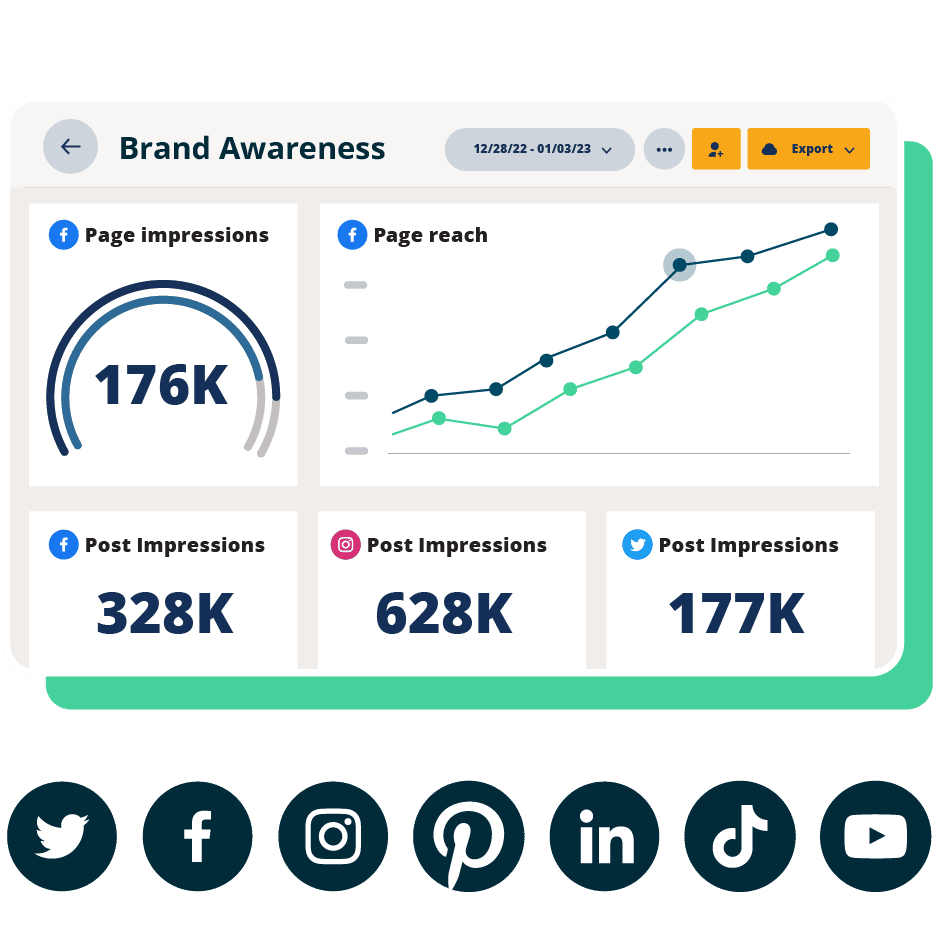
How to Get Insights on Your Competitor’s Pages: Step-by-Step Process
Here’s your action plan to unlock insights on your competitor’s pages—across SEO, content, advertising, and social media strategies:
Step 1: Identify Your Main Competitors
Start by listing your top direct competitors (companies offering similar products to the same audience) and indirect ones (businesses filling the same need differently). Use Google search, LinkedIn, and market research tools to build your list.

Step 2: Select the Right Analysis Tools
Choose user-friendly competitor analysis tools like SEMrush, Ahrefs, SimilarWeb, Sprout Social, and BuzzSumo. Free Chrome extensions (e.g., MozBar) and platform insights from Facebook/LinkedIn also offer competitive intelligence on demand.
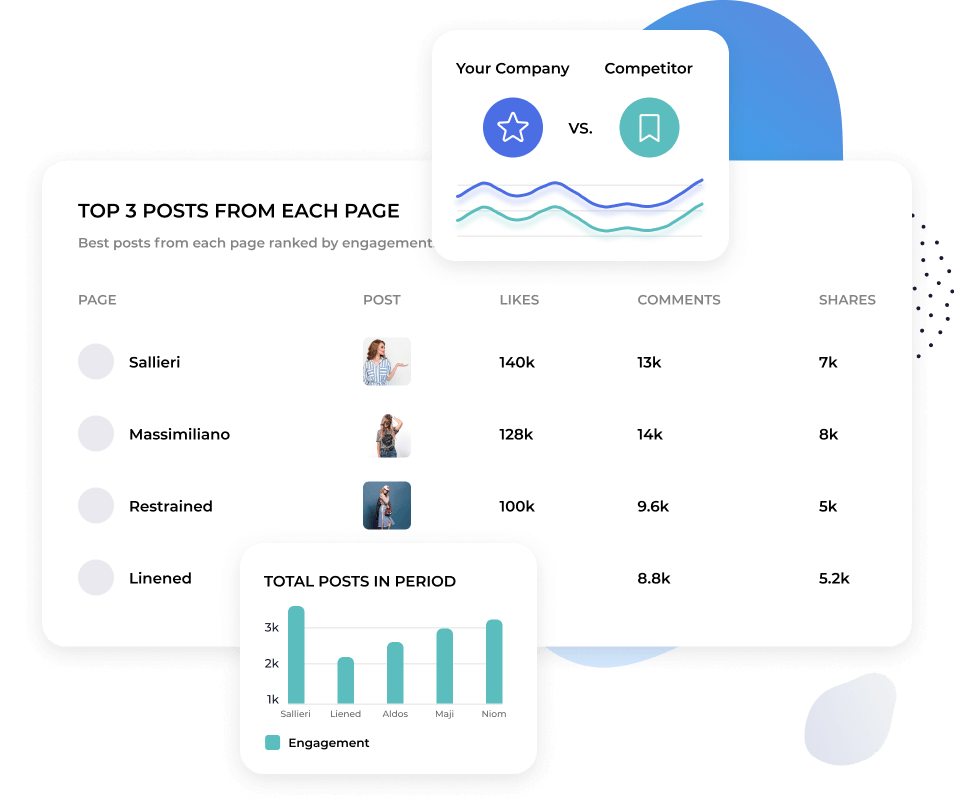
Step 3: Analyze Website Content & SEO Strategy
Assess your competitor’s site architecture (navigation, landing pages, blog structure), on-page SEO elements (meta titles, schema, internal links), and organic keyword rankings. Evaluate which content types are performing best, how often they publish, and the engagement levels they receive.
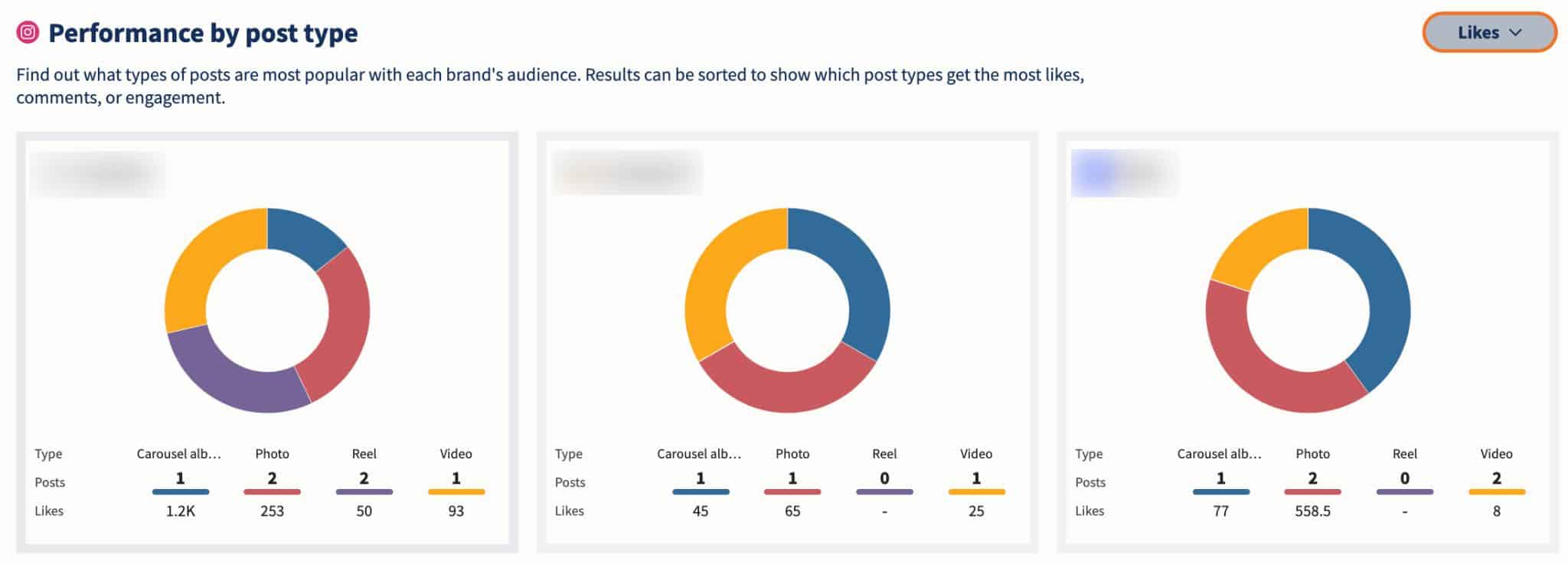
Step 4: Review Backlink Profiles & Online Visibility
Use Ahrefs or SEMrush to uncover where your competitors are getting their backlinks. Check referring domains, anchor texts, and any trends in content partnerships. These insights can fuel your own link-building outreach strategy.
Step 5: Examine Landing Pages and CTAs
Document the structure, messaging, trust badges, and CTAs of high-performing competitor landing pages. Analyze the user flow and note how they guide users toward signup, download, or purchase actions.
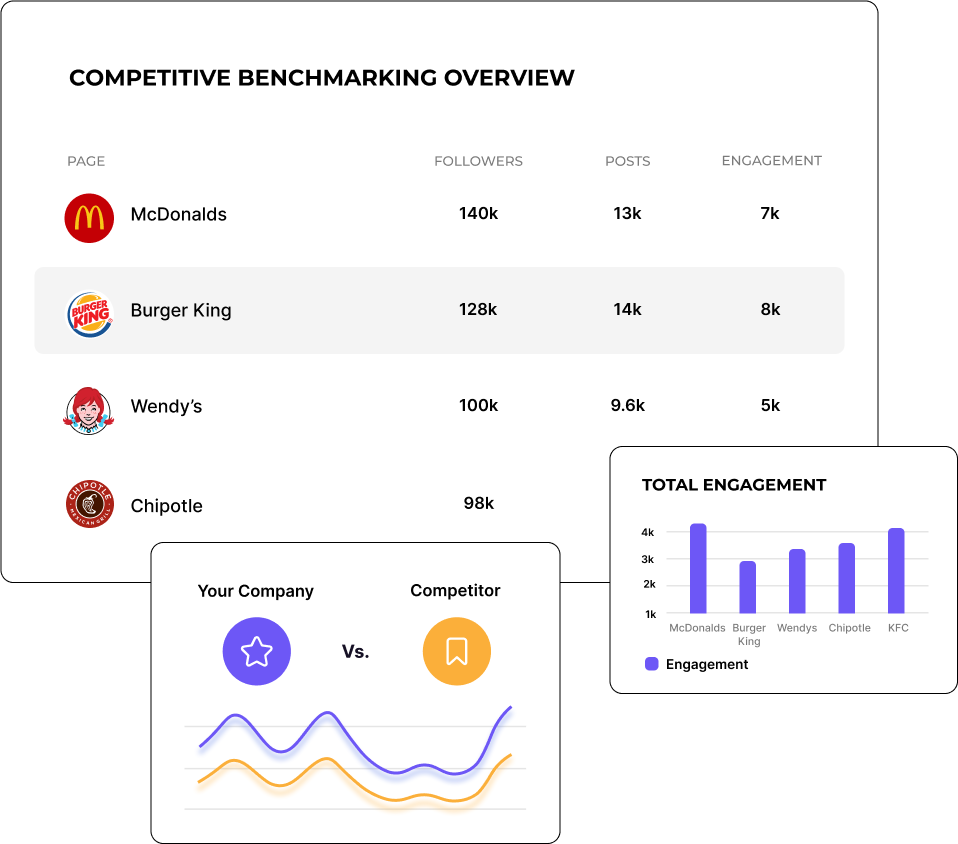
Step 6: Investigate Paid Advertising & Offers
Browse competitor ad libraries (Facebook Ad Library, Moat, AdEspresso) to see ad creative, landing pages, and offers in action. Note wording, design trends, and A/B tests they might be running.
Step 7: Monitor Social Media Strategy
Review which platforms competitors prioritize, top-engaged posts, community management style, and influencer partnerships. Social tools provide analytics on post frequency, hashtags, follower growth, and engagement rates.
Step 8: Track Performance Metrics Over Time
Create a competitor insights tracking sheet. Update it monthly to spot performance changes, messaging pivots, and new tactics as soon as they happen.
Common Challenges, Myths & Objections
Despite the value, many businesses still struggle or hesitate when it comes to getting insights on their competitor’s pages. Here’s what might hold you back—and how to overcome it:
- Myth: Competitive analysis is only for big businesses. Reality: Tools are affordable, and even solo founders can get valuable competitor insights easily.
- Challenge: Information overload. Solution: Focus on actionable metrics—like best-performing content and highest-converting landing pages.
- Objection: Isn’t it “copying”? No. It’s about benchmarking and innovating, not plagiarism. Use insights to inspire your unique improvements.
- Myth: It’s unethical to analyze competitor pages. Analyzing public-facing web content is ethical—and industry standard. Proprietary info is off limits, but user-facing content is fair game.
- Challenge: Competitors also analyze you. Solution: Double down on speed and innovation—use your learnings to push ahead and differentiate.
- Challenge: Finding accurate data. Solution: Use multiple tools, triangulate findings, and cross-reference for a complete picture.
FAQs on How to Get Insights on Your Competitor’s Pages
What are the best tools to get insights on competitors’ pages?
Popular tools include SEMrush, Ahrefs, SimilarWeb, BuzzSumo, Sprout Social, and Facebook Ad Library. Each tool offers unique perspectives on SEO, traffic, social strategy, and ad creative.
Can I see what keywords my competitor’s pages rank for?
Yes. Tools like SEMrush and Ahrefs show keyword positions, search volumes, and traffic estimates for any competitor page.
How do I find out which content types my competitors’ audience loves?
Analyze blog posts, videos, or infographics with the most shares, comments, and backlinks. BuzzSumo highlights “most engaged” competitor content by timeframe.
Is it legal and ethical to analyze competitors’ web pages?
Absolutely. Analyzing publicly available web pages is a standard digital marketing practice—just never access private, gated, or proprietary competitor data.
How often should I conduct competitor analysis?
Monthly or quarterly is ideal for most industries. In fast-moving sectors like tech or ecommerce, continuous tracking provides maximum competitive advantage.
Can I get competitor landing page examples for inspiration?
Yes. Tools like BuiltWith or Wayback Machine let you view previous/present competitor landing pages. Also, Facebook Ad Library shows live landing pages linked to current ads.
How can I benchmark my site’s performance against my competitors’?
Compare traffic, rankings, backlink counts, content output, and engagement with SimilarWeb, SEMrush, or Google Search Console’s competitive insights.
What mistakes do people make with competitor analysis?
Common errors include analyzing just one rival, fixating only on keywords, or failing to take action on the insights gathered.
Can I automate competitor insights tracking?
Most top analysis tools offer alerts and scheduled reports, so you stay updated with competitors’ new pages, keyword moves, or major changes.
What trends should I look for on competitor pages?
Spot shifts in messaging, new product/features launches, emerging content formats, innovative user flows, and evolving offer strategies.
Conclusion: Take the Lead With Competitor Page Insights
Mastering how to get insights on your competitor’s pages puts you on the fast-track to digital growth, innovation, and resilience. By continuously monitoring and analyzing competitors’ pages, you build a proactive strategy—spotting opportunities before anyone else. Embrace this process now: use the right tools, benchmark smartly, and take consistent action. Stay curious, continuously optimize, and watch your business leap ahead of the competition.
Ready to boost your business with actionable competitor insights? Explore the tools above, set up your first benchmarking worksheet, and revisit your own pages for quick wins and new inspiration. The sooner you start, the quicker you leapfrog your rivals.
